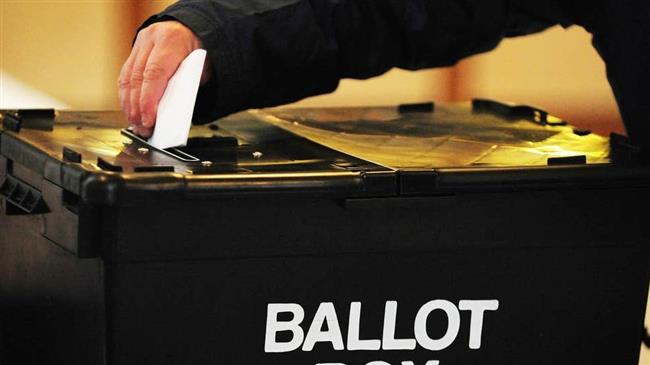UK: Last general election under First-Past-the-Post?
The UK is set for a very different general election on 12 December, the third one in four years. For many voters, it will be something of a second referendum on Brexit.
The country remains divided over EU membership and more than any other in recent history, the tactical voting system could play a crucial role in this election.
Two-and-a-half years since the last general election, Britons will be heading back to the polls, to choose an MP to represent them in their local constituency.
Many of the constituents are mostly unclear in their minds whether they are choosing a government for the next five years or simply expressing a preference for leaving or remaining in the EU.
Which voting system does the UK adhere to?
The voting system used to elect MPs to the UK Parliament is called First Past the Post (FPTP, occasionally FPP).
The FPTP electoral system is used to elect MPs to the House of Commons as well as to decide the results of local government elections in England and Wales.
During an election, voters put a cross (X) next to the name of their preferred candidate on a ballot sheet. The candidate who receives the most votes in each constituency wins and becomes the MP for that seat. All other votes are disregarded.
The FPTP is one of the most common voting systems in the world and is also used to elect members of the Parliaments of Britain’s former colonies and protectorates, such as Canada or India, as well as in the United States Congress.
Is the British voting system fair?
The FPTP is sometimes described as winner takes all.
The UK is divided into 650 areas or constituencies (seats) and at the election the candidate with the most votes becomes the MP.
Sometimes an MP can be elected on as little as only 35%, a minority, of the vote. The winning party is also usually elected by less than 50% of the electorate.

In this way, many votes are effectively wasted if they are spent on losing candidates or have been cast for the victor after they have already secured enough support to win. For example, in the 2005 general election, 52% of votes were cast for losing candidates and 18% were excess votes – a total of 70% ‘wasted’ votes.
Many believe the system favours larger political parties and does not let smaller parties (those without a geographical base, such as the Green Party or the Liberal Democrats) gain fair representation.
In 2015, the Conservative Party won the election and formed the government but only 36.9% of the people had chosen to support the Conservatives.
That year, UKIP polled 12.6% of the vote but returned only 1 MP. In Scotland, Labour received 24.3% of the vote and returned 1 MP, while the SNP received 50% of the vote and returned 56 of the 59 Scottish MPs.
Electoral reform campaigners argue that this voting system fails to take into account the wishes of swathes of voters. It can also encourage tactical voting, as the voters might think their vote will have little chance of helping elect their preferred candidate.
In October, the Electoral Reform Society asked polling company BMG Research to find out how widespread tactical voting might be.
Of the 1,500 voters questioned, 24% said they planned to vote tactically to keep out a candidate they dislike.
That compares with 66% who said they would vote for their first preference – regardless of how likely they were to win.
The remaining 10% said they didn’t know.
When the same question was asked before the 2017 general election, 20% of people said they planned to vote tactically.
On the other hand, many argue that it’s too late for this election which is again not democratic. So the question still remains: Does the archaic First Past the Post election system manage to represent the will of all Britons in a fair and just fashion?
Culled from Presstv





